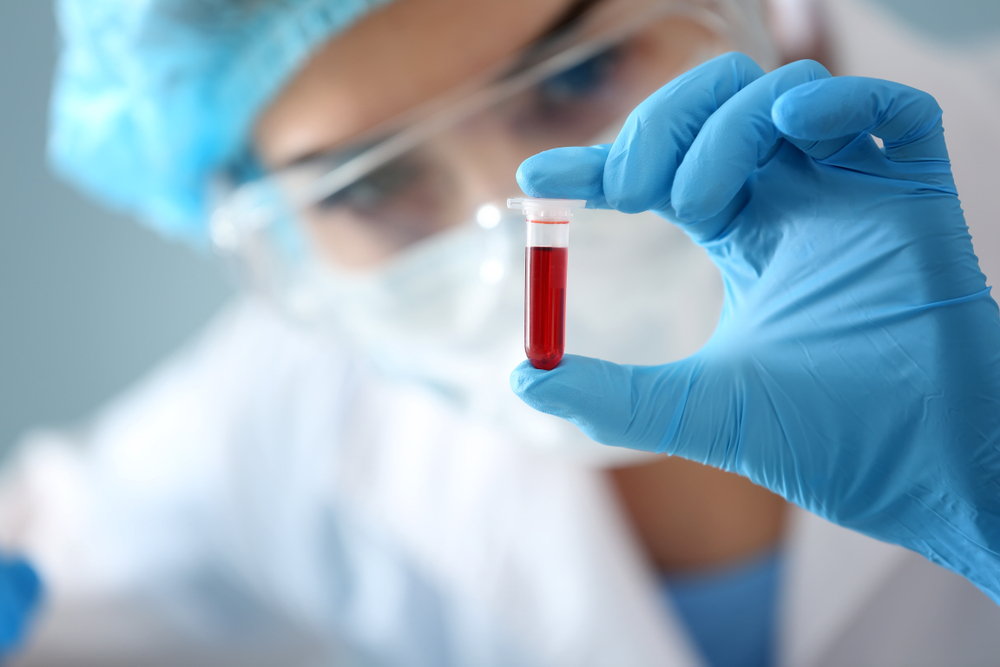
Scientists have succeeded in creating lab-grown blood ,UK researchers have achieved something of a world first: they have produced blood in the laboratory, which they have since administered to humans. The clinical trial will aim to test the safety and effectiveness of the laboratory-produced blood in at least 10 healthy people. Two volunteers have already received a dose.
The scientists — from Cambridge Universityon national health service and on University of Bristol — want to know if their new blood can last as long as normal red blood cells (which typically stay alive for about 120 days in the human body) and if there are any side effects.
Blood donation
Donated blood transfusions have saved countless lives, allowing patients to go through complex surgeries in good health. Blood products also help treat chronic diseases such as sickle cell anemia. But blood donation as a system has many disadvantages.
It requires a complex infrastructure to safely collect and deliver blood to where it is needed. This requires adequate cooling along the entire route, and while this may be relatively easy for developed countries, it remains a challenge elsewhere in the world. Rarer blood types also suffer from dwindling blood bank supplies, which often means it is harder to find suitable blood for certain racial and ethnic groups. It is also expensive to maintain the infrastructure; the average donation of less than half a liter of blood costs the UK NHS approximately £130 ($155).
Read more: What blood types can reveal about our health
That’s why scientists around the world, often funded by military agencies, have been searching for more practical alternatives for decades. Still, it’s an endeavor that has so far enjoyed limited success.
“After 9/11, the U.S. military invested millions of dollars in producing replicant blood to use on battlefield casualties, but it failed,” said Lt. Col. Matthew Armstrong, who studies the fluid dynamics of blood at the United States Military Academy in West Point.
Transfusion of laboratory cultured blood
Back in the 1600s, doctors I tried pouring over milk and wine in their bleeding patients – needless to say it didn’t go well. Then they switched to using sheep’s blood. That didn’t work either. Eventually, doctors realized that human blood from a donor (with the same blood type as the recipient) was needed. A British doctor finally did the first successful blood transfusion in 1818.
By World War II, the blood donation infrastructure was sufficiently developed to transport large quantities of blood over long distances to reach those in need. In 1940, before the US officially entered the fray, The Plasma for Britain campaign sent 13 million units of blood from US to those in the UK who are already fighting the Nazis. Then, after the war, attention turned to finding more reliable, lab-made alternatives to traditional blood.
One approach is to synthesize artificial substances that perform the same oxygen-carrying role as blood. Another line of attack is to use the power of stem cells to create real blood cells. This latest study is the latest victory for those in the stem cell camp.
The researchers started by donating blood and used specialized magnets to isolate stem cells, which were then transferred into a laboratory environment. Here, the scientists provided the ideal conditions to make these stem cells proliferate into large numbers of red blood cells. It took about three weeks to grow 15 billion red blood cells; that may sound like a lot, but healthy adults have between 3.92 and 5.65 million red blood cells for a only microliter (one millionth of a liter) of their blood.
Although the clinical trial is using only minimal amounts of lab-grown blood so far, the researchers hope to one day culture large amounts for people with rare blood types. However, it will be a challenge to scale up this technology in a cost-effective manner.

